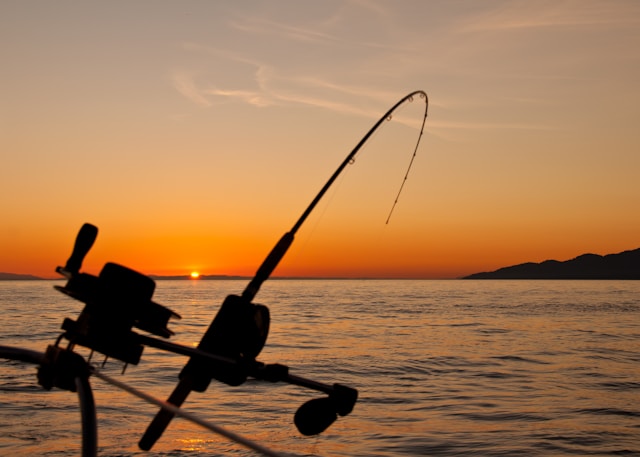
For anglers, the pursuit of trophy fish represents the pinnacle of their sport—a quest filled with anticipation, excitement, and the thrill of the chase. Landing that elusive trophy requires more than just luck; it demands skill, patience, and a strategic approach. In this comprehensive guide, we’ll delve into the strategies and techniques that can help you crack the code and reel in that prized trophy fish.
Understanding Your Target
Before you can hope to catch a trophy fish, you need to understand its behavior, habitat, and feeding patterns. Research your target species thoroughly, paying close attention to factors such as preferred water temperature, depth, and structure. Consult fishing guides, online forums, and local experts to gather valuable insights and tips.
Different species have different habits and preferences. For example, largemouth bass might seek shelter in weed beds and ambush prey, while tarpon might migrate along coastal flats or channels. Tailor your approach based on the specific characteristics of your target species and the environment you’re fishing in.
Selecting the Right Equipment
Having the right gear can make all the difference when it comes to landing trophy fish. Invest in high-quality rods, reels, lines, and terminal tackle that are suitable for the species you’re targeting and the fishing conditions you’ll encounter. Consider factors such as rod length, action, and power, as well as reel size, gear ratio, and drag system.
For offshore species like tuna or marlin, you’ll need heavy-duty trolling rods and reels with robust drag systems and large line capacities. In freshwater environments, opt for baitcasting or spinning rods with sensitive tips and ample backbone to handle big fish like musky or northern pike.
Perfecting Your Presentation
Presentation is vital to enticing trophy fish to strike. Pay attention to details such as lure selection, casting accuracy, and retrieval speed to mimic the natural movements of prey and trigger aggressive strikes. Experiment with different lures, colors, and sizes to find what works best for your target species and fishing conditions.
When fishing with live bait, use fresh, lively baitfish or natural baits that match the local forage. Rig your bait using appropriate hooks and weights to achieve the desired depth and action while minimizing resistance and maximizing hook-setting opportunities.
Location, Location, Location
Finding the right fishing spot is essential when targeting trophy fish. Look for areas with abundant food sources, favorable water conditions, and suitable habitats, such as underwater structures, drop-offs, and transition zones. Pay attention to factors such as water temperature, current flow, and wind direction, which can influence fish behavior and feeding activity.
Consider investing in electronic fish finders or GPS units to help you locate promising fishing spots and track fish movements. Be bold and, explore new areas, and experiment with different tactics and techniques until you find what works best for you.
Patience and Persistence
Patience is a virtue when it comes to trophy fishing. Landing a record-breaking catch often requires hours, if not days, of dedicated effort and persistence. Be prepared to put in the time and effort needed to locate and entice trophy fish to strike, even if it means enduring long periods of waiting or experimenting with different tactics and strategies.
Stay focused, observant, and adaptable on the water, paying attention to subtle changes in weather, water conditions, and fish behavior. Be prepared to adjust your approach accordingly, whether it’s changing lures, switching fishing spots, or varying your presentation to match the fish’s preferences.
Practice Ethical Angling
As responsible anglers, it’s essential to practice ethical angling techniques and prioritize the well-being and conservation of trophy fish populations. Handle fish with care, using wet hands or a landing net to minimize stress and avoid removing their protective slime coat. Release fish promptly and handle them gently to ensure their survival after release.
When practicing catch and release, use barbless hooks whenever possible to facilitate easy hook removal and reduce injury to the fish. Revive exhausted fish by holding them upright in the water and gently moving them back and forth to help oxygenate their gills. If desired, document your catch with photographs or measurements, and share the experience with others while respecting the fish’s well-being and conservation.
Cracking the code and landing a trophy fish is the ultimate challenge for anglers of all skill levels. Understanding your target species, selecting the right equipment, perfecting your presentation, and practicing patience and persistence can increase your chances of success on the water. Remember to prioritize ethical angling practices and conservation efforts to ensure the sustainability of trophy fish populations for future generations to enjoy. So, gear up, hit the water, and embark on your quest for the trophy fish of a lifetime.